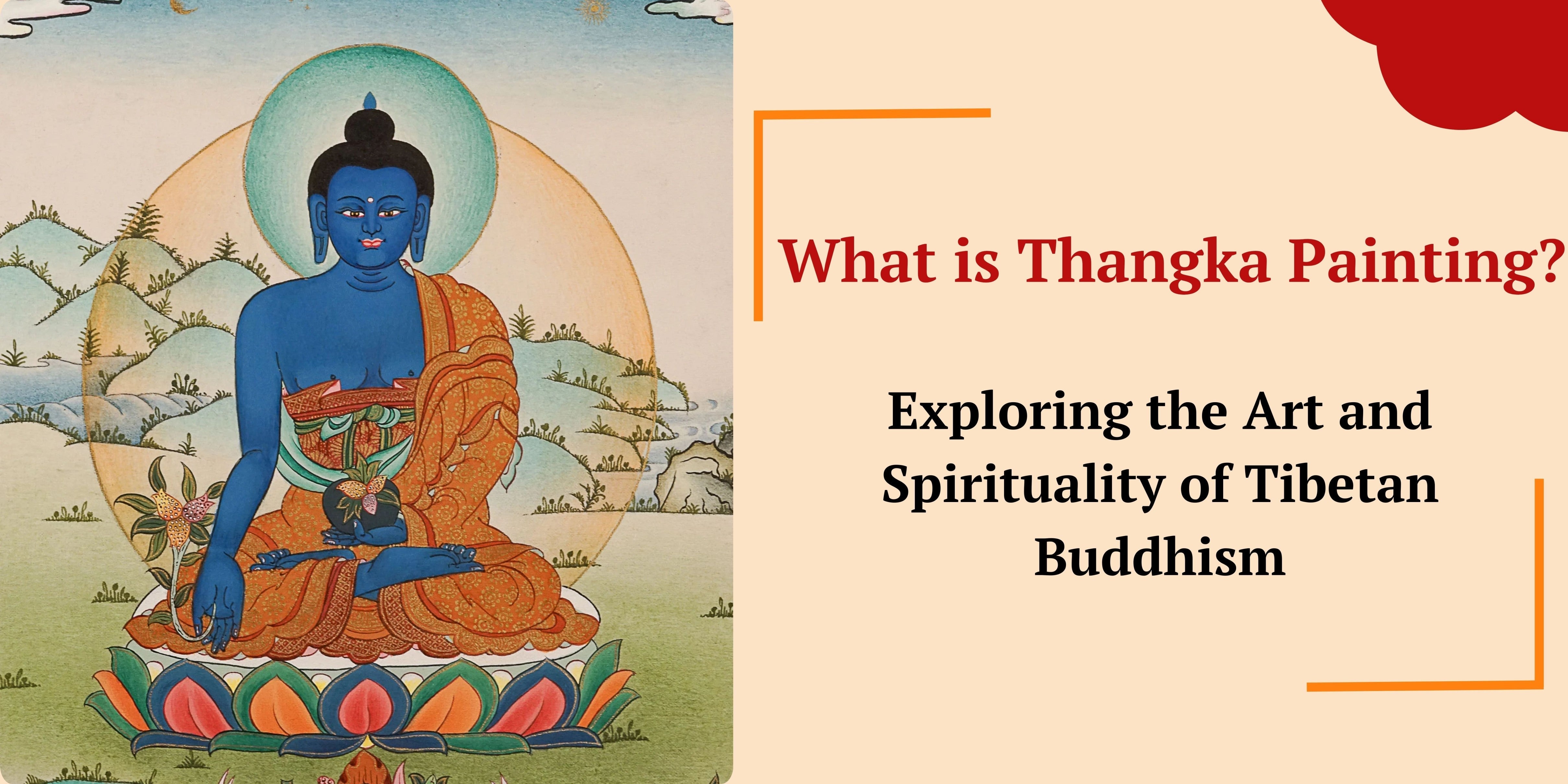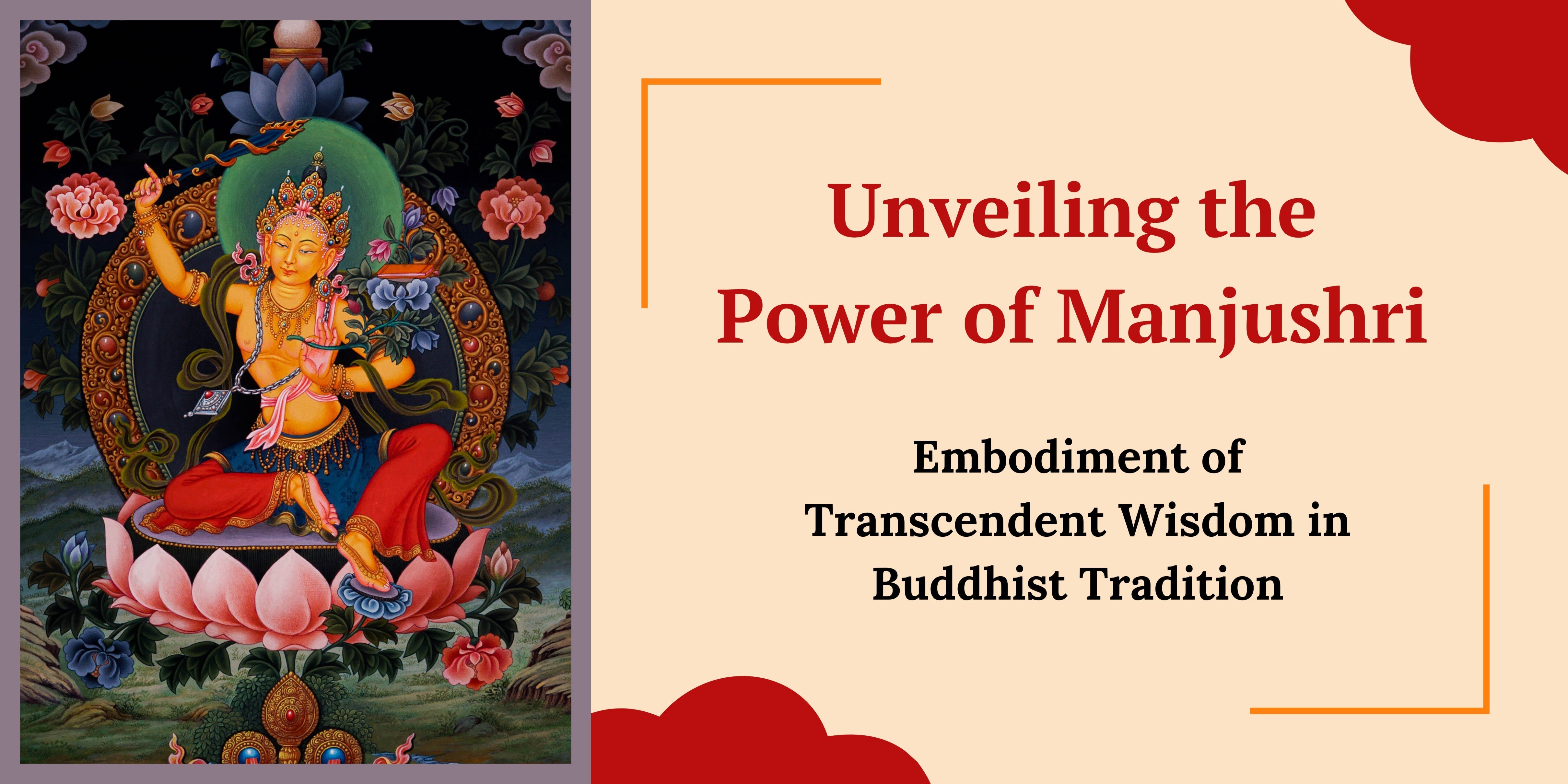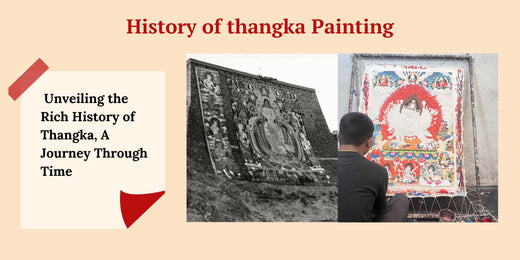
What is Thanka Painting?
Introduction
In the world of art and spirituality, few creations are as captivating and culturally rich as Thangka paintings. Originating from the Himalayan regions, Thangkas are more than just intricate artworks, they are windows into the depths of Buddhist culture, history, and beliefs. Thangka paintings are exquisite works of art and also profound spiritual tools, guiding people on their path to enlightenment. Each stroke of the brush carries centuries of tradition, passed down through generations of skilled artisans. Through vibrant colors and intricate details, Thangkas offer a glimpse into the rich tapestry of Buddhist cosmology, depicting celestial realms, divine beings, and sacred teachings. They hold a unique place in both religious rituals and daily life, embodying the essence of compassion, wisdom, and inner peace. As we explore the world of Thangka art, we embark on a journey of discovery, uncovering the hidden depths of faith, culture, and human creativity.

What is Thangka?
Thangka, pronounced as "tanka," is a traditional Tibetan Buddhist painting on cotton or silk, usually depicting deities, mandalas, or scenes from the life of Buddha. Thangka paintings are revered not only for their aesthetic beauty but also for their profound spiritual significance. Each brushstroke is imbued with intention and symbolism, reflecting the intricate teachings of Tibetan Buddhism. Moreover, they are invaluable tools for teaching, with each composition conveying complex philosophical concepts in a visually accessible manner. As objects of veneration, Thangkas hold a sacred presence within temples, monasteries, and homes, serving as focal points for devotion and reverence. Thus, Thangka art transcends mere representation, offering a gateway to spiritual transcendence and enlightenment.
The Significance of Thangka
Thangkas hold immense significance in Buddhist practice. They are believed to have the power to bless, protect, and purify the environment. The process of creating a Thangka is considered a form of meditation itself, with artists often spending months or even years working on a single piece. Thangkas are believed to emanate positive energy and spiritual resonance, promoting an atmosphere conducive to meditation and devotion. The process of creating a Thangka is viewed as a spiritual practice in itself, with artists infusing their work with intention, devotion, and meditative focus.
Themes and Depictions
Thangka paintings often depict various Buddhist deities, bodhisattvas, and enlightened beings. Each figure is depicted according to precise iconographic guidelines, with every aspect of their appearance imbued with symbolic significance. From serene Buddhas to wrathful deities, Thangkas encapsulate the diverse manifestations of enlightened wisdom and compassion. Mandalas, intricate geometric designs symbolizing the universe, are often incorporated into Thangka compositions, representing the interconnectedness of all phenomena.

Techniques and Materials
Creating a Thangka requires exceptional skill and patience. Artists start by meticulously preparing the canvas, often using layers of cotton or silk stretched over wooden frames using natural pigments sourced from minerals and precious stones, mixed with water or glue to create vibrant colors that stand the test of time. These pigments, carefully applied using delicate brushes made from animal hair, result in exquisite details that endure for centuries. The incorporation of gold leaf adds a luminous quality to the paintings, symbolizing the transcendence of worldly concerns.
The Process of Creation
The process of creating a Thangka is a labor-intensive process that requires a blend of technical skill, artistic intuition, and spiritual devotion. The journey begins with the meticulous preparation of the canvas, which involves stretching cotton or silk fabric over a wooden frame and treating it with a mixture of glue and chalk to create a smooth surface. Next comes the delicate task of sketching the design. Base colors are then applied in layers, each one allowed to dry before the next is added. Once the foundation is laid, the artist painstakingly outlines the figures and motifs with precision, ensuring every detail is rendered accurately. Finally, the Thangka comes to life as intricate details and gold leaf highlights are added, imbuing the painting with a sense of radiance and depth.

Appreciating Thangka Art
Appreciating Thangka art transcends superficial admiration; it entails delving into the layers of symbolism, mythology, and spiritual meaning woven into each masterpiece. Beyond the surface, Thangkas are gateways to understanding the intricate narratives of Buddhist culture and philosophy. Whether one approaches Thangka art as a seasoned connoisseur or an eager novice, the exploration of these paintings offers a profound journey of discovery, inviting us to unravel the mysteries of existence and enlightenment.
![]()

![]()
![]()
![]()
![]()
![]()
![]()
![]() Conclusion
Conclusion
Thangka art serves as a vibrant tapestry woven with the threads of Tibetan Buddhist heritage and spirituality. Each stroke of the brush, each hue of color, is imbued with centuries of devotion, wisdom, and artistic prowess. As we immerse ourselves in the world of Thangka art, we not only appreciate its aesthetic beauty but also deepen our understanding of the profound interconnectedness of all beings in the universe. Through the lens of Thangka art, may we continue to unravel the mysteries of existence and cultivate compassion, wisdom, and harmony in our lives.


